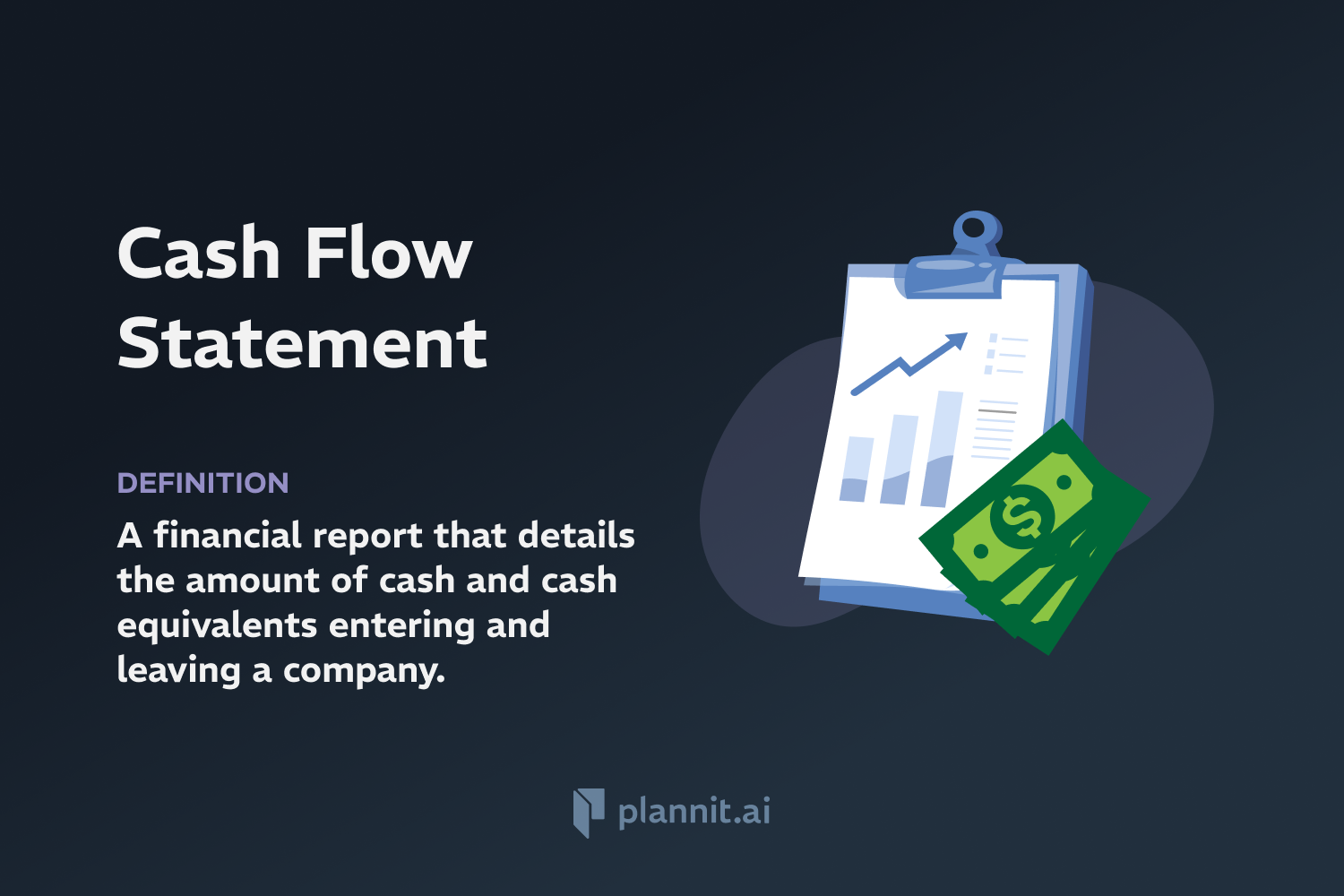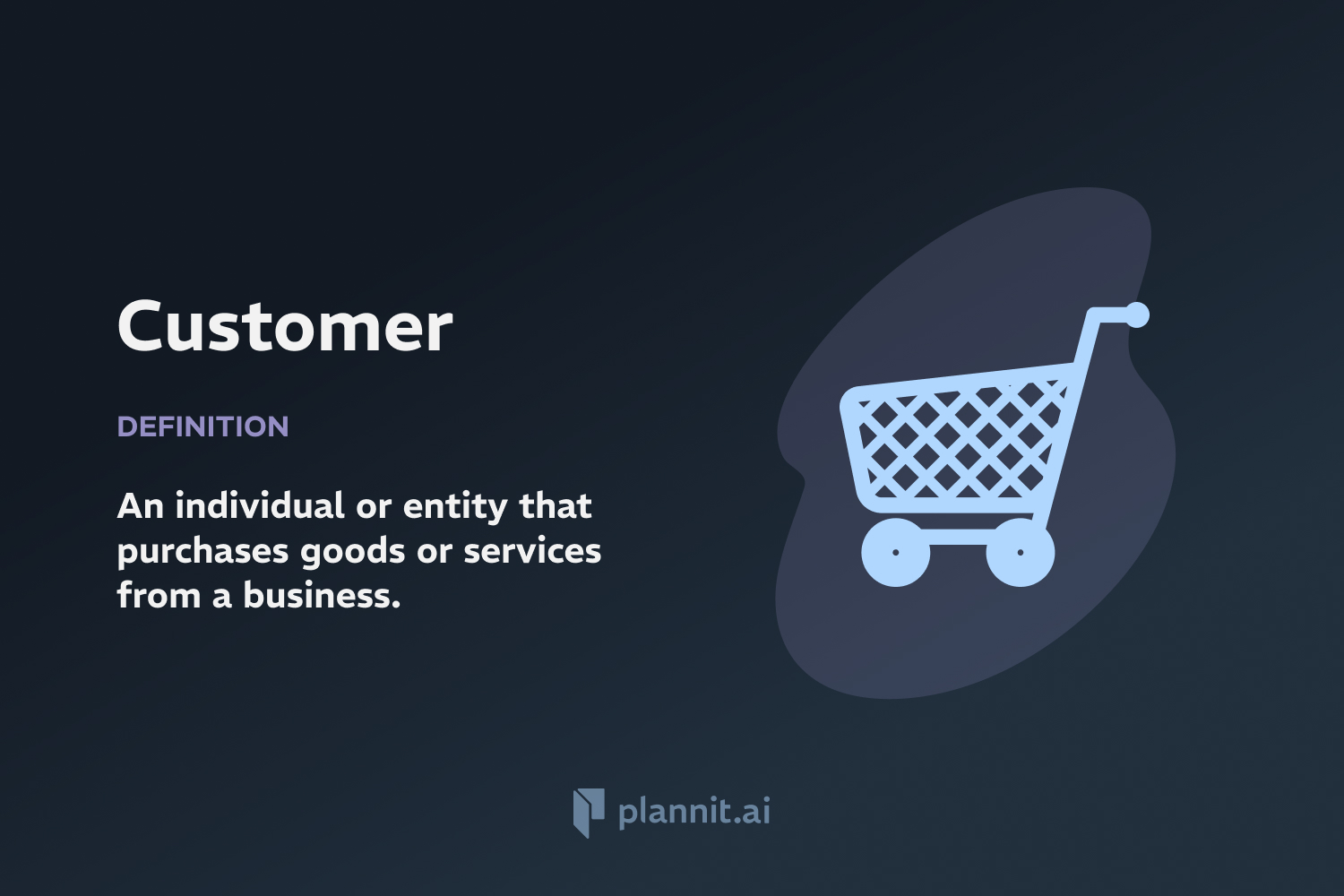Need Help With Your Business Plan?
Answer tailored questions and get a detailed business plan in minutes.
Price Elasticity: Definition & In-Depth Explanation
Definition:
Price Elasticity of demand is an economic measure of the responsiveness, or elasticity, of the quantity demanded of a good or service to a change in its price. It is calculated as the percentage change in quantity demanded divided by the percentage change in price.
Context of Use:
Price elasticity is a fundamental concept in economics, particularly in pricing strategies, market analysis, and consumer behavior studies. It helps businesses and policymakers understand the potential impact of pricing changes on sales volumes and revenue.
Purpose:
The purpose of analyzing price elasticity is to determine how sensitive consumers are to price changes. This understanding can help businesses optimize pricing to maximize revenue or market share, and it allows policymakers to predict how changes in taxation or subsidies will affect consumption levels.
Example:
Highly Elastic Products: Luxury goods, such as expensive cars and jewelry, where a small increase in price could lead to a large drop in quantity demanded.
Inelastic Products: Essential goods, such as bread and electricity, where price changes have little effect on the quantity demanded.
Related Terms:
Elasticity: A broader economic concept that measures the responsiveness of one variable to changes in another variable.
Inelastic Demand: Occurs when the percentage change in quantity demanded is less than the percentage change in price.
Unit Elastic: When the percentage change in quantity demanded is equal to the percentage change in price.
FAQs:
1. How is price elasticity calculated?
A: Price elasticity of demand is calculated using the formula:
Elasticity=Percentage Change in Quantity DemandedPercentage Change in Price\text{Elasticity} = \frac{\text{Percentage Change in Quantity Demanded}}{\text{Percentage Change in Price}}Elasticity=Percentage Change in PricePercentage Change in Quantity Demanded
2. What factors affect price elasticity?
A: Factors include the availability of substitutes, the proportion of income spent on the good, the necessity of the product, and the time period considered.
3. What does it mean if a product is perfectly inelastic?
A: A perfectly inelastic demand means that quantity demanded does not change at all in response to price changes.
4. How do businesses use price elasticity in decision-making?
A: Businesses use it to set prices that optimize profits, decide on promotional strategies, and understand consumer response to price changes.
5. Can price elasticity change over time?
A: Yes, elasticity can change due to factors like changes in consumer preferences, introduction of new technologies, or changes in income levels.
Get funding with a business plan that will impress investors.
Starting a New Business?



